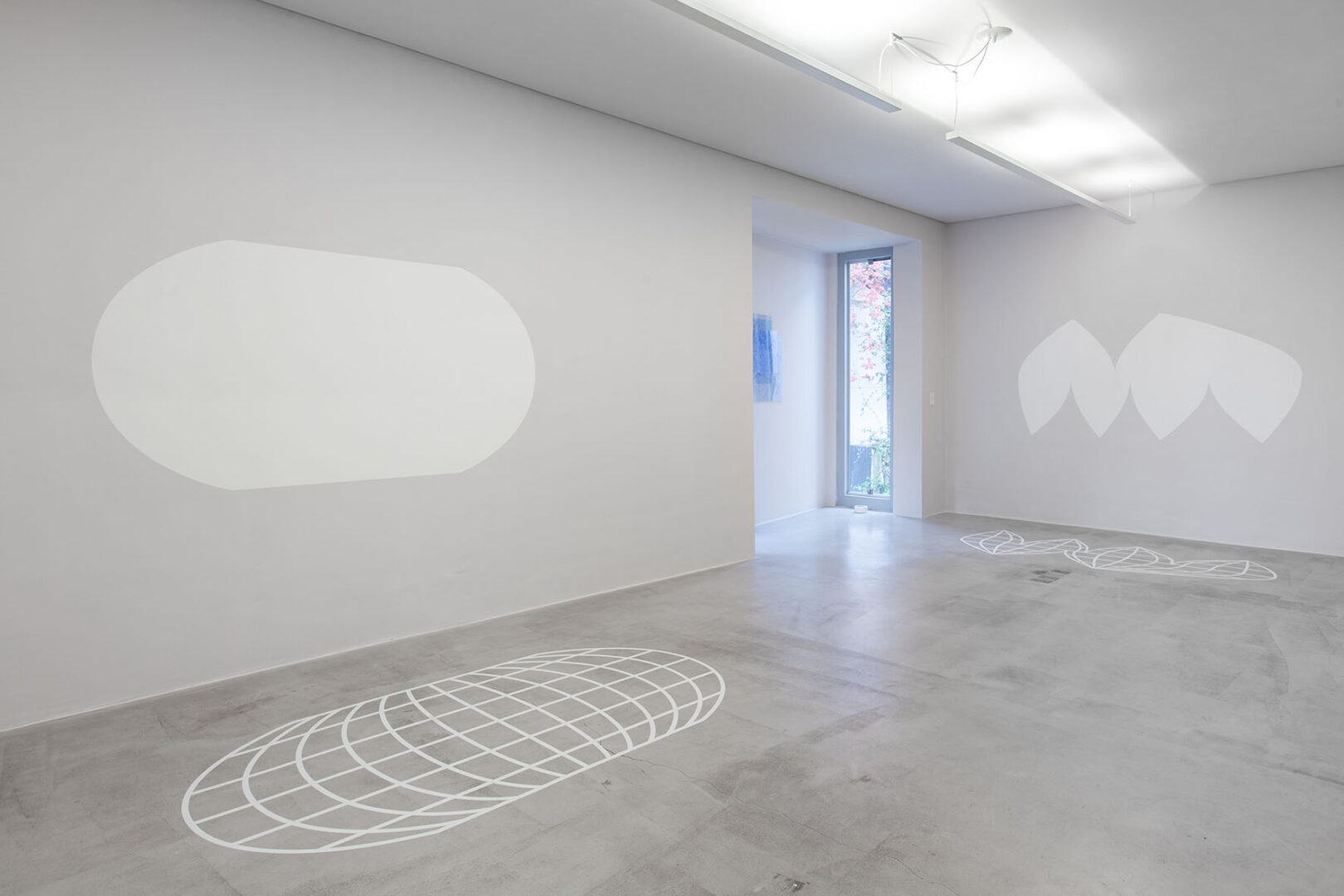
Planisfério
PLANISPHERE was held at Zipper Gallery as part of the Zip’Up project curated by Mario Gioia (2012).
From 5 September until 20 October 2012.
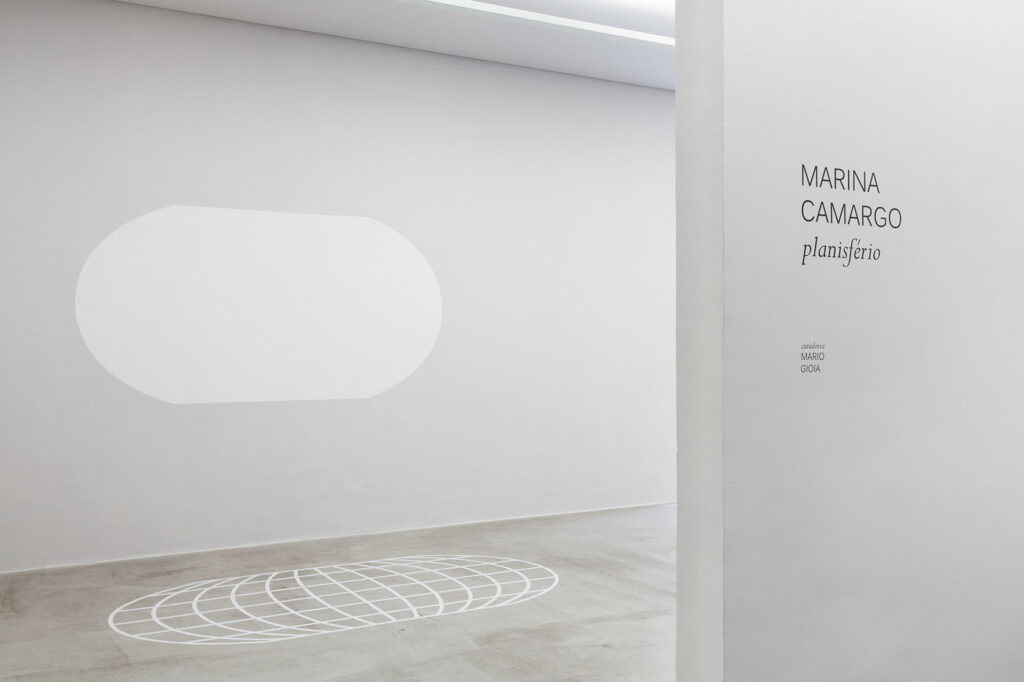
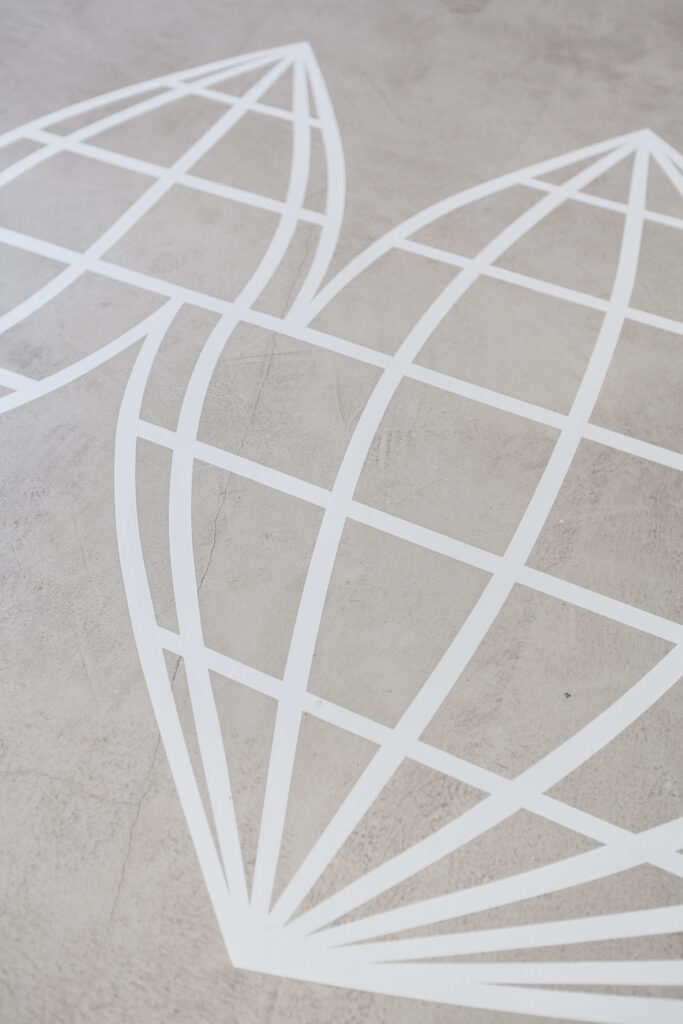
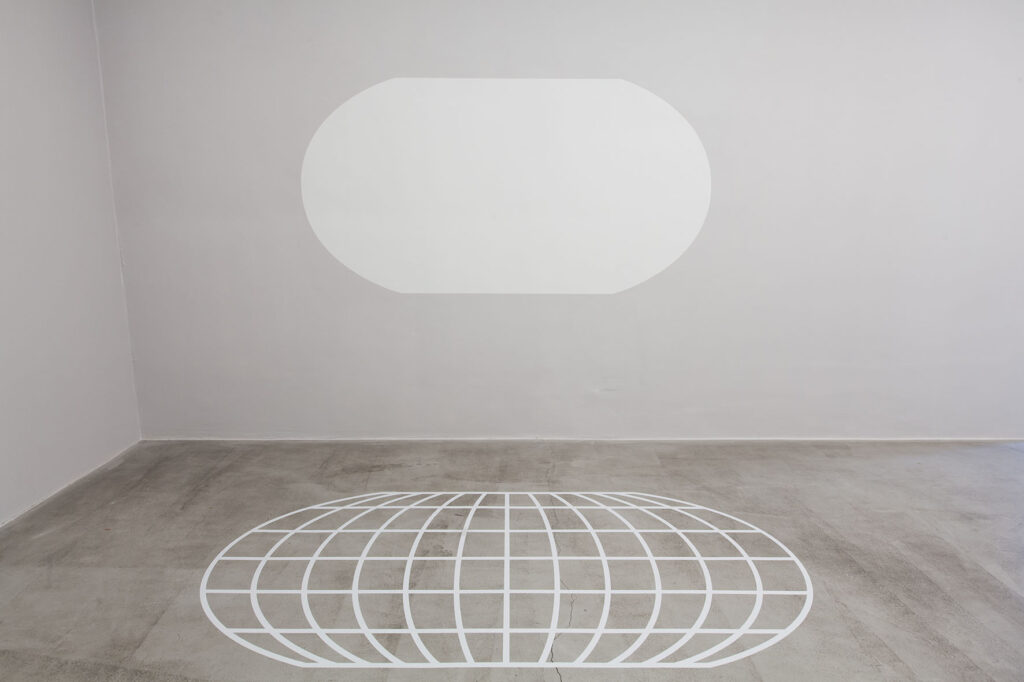

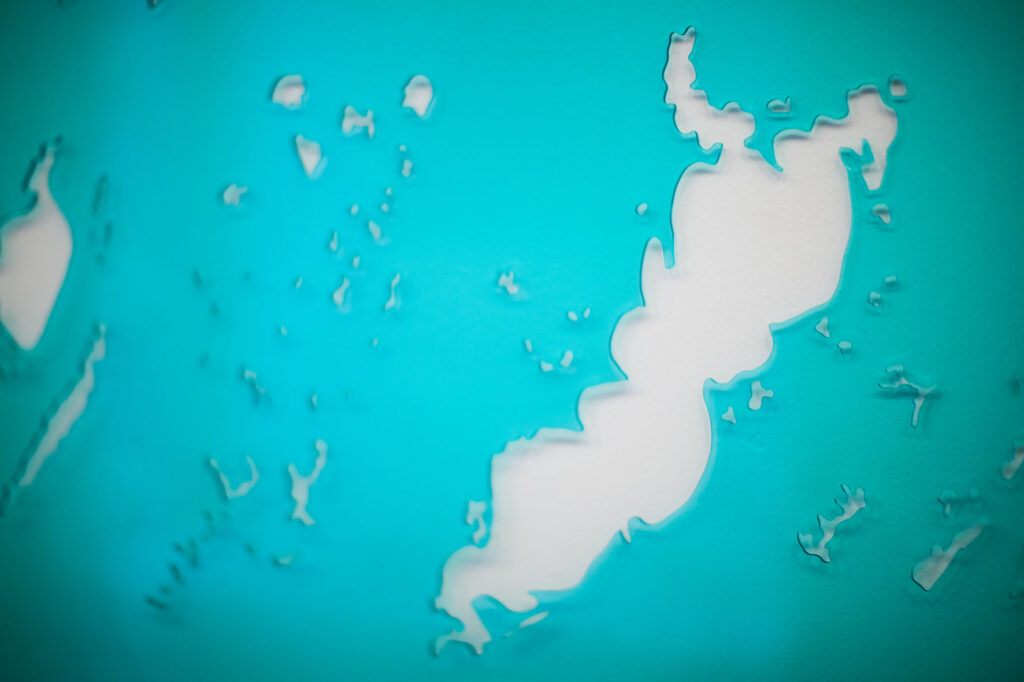
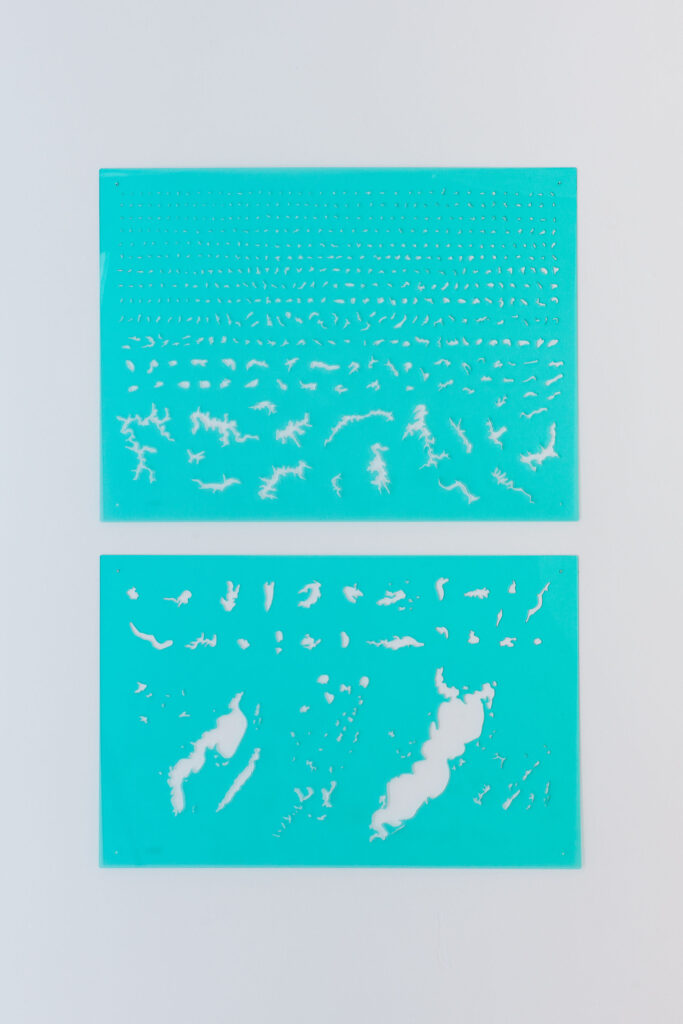

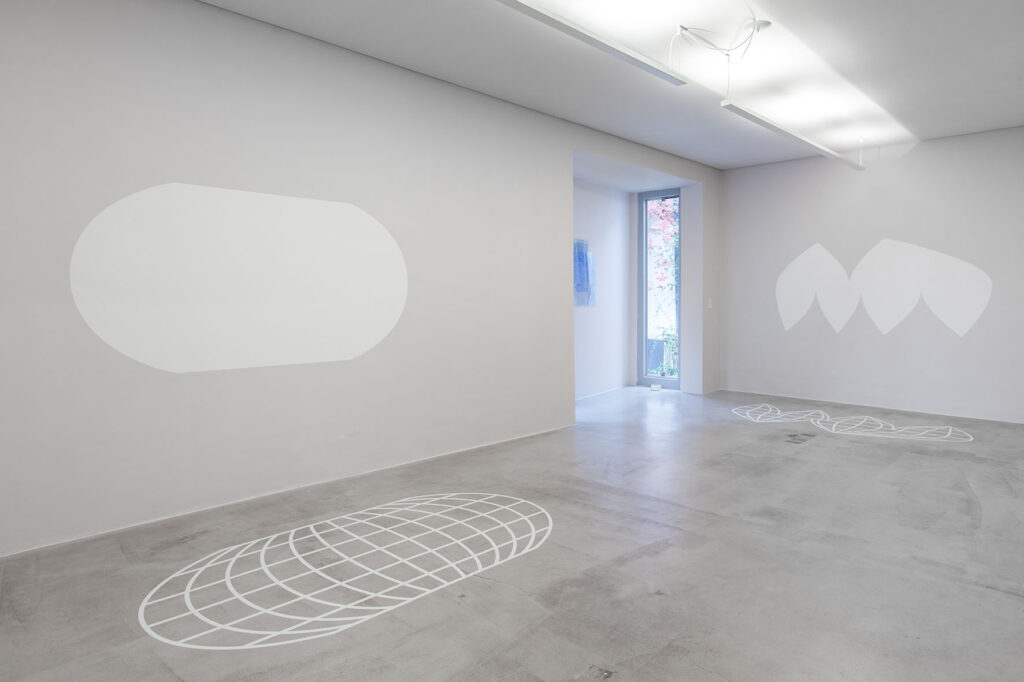
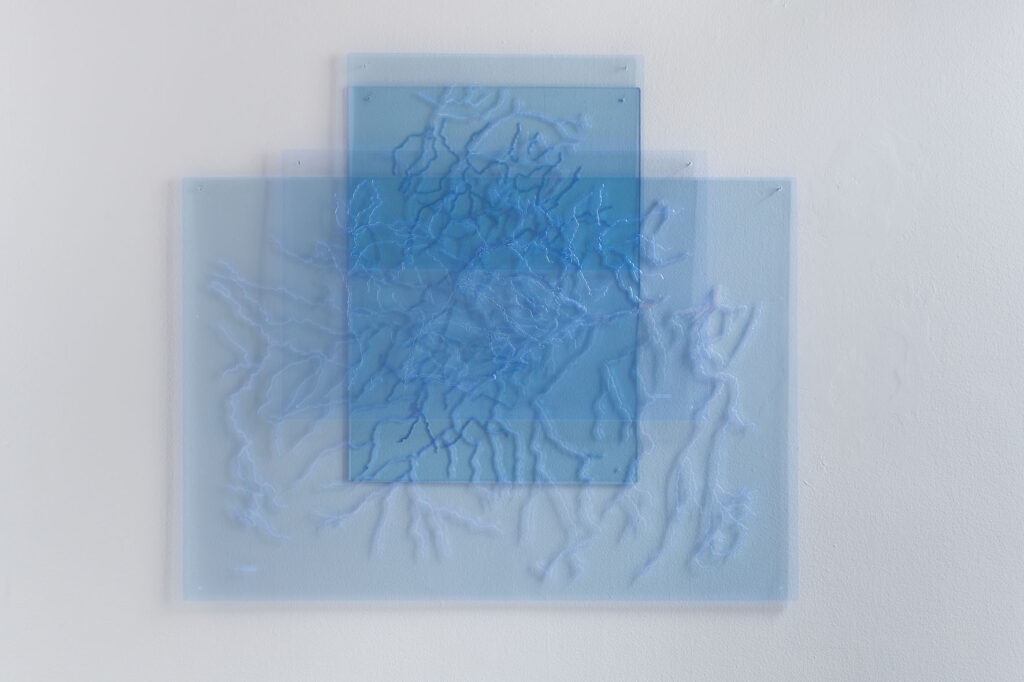
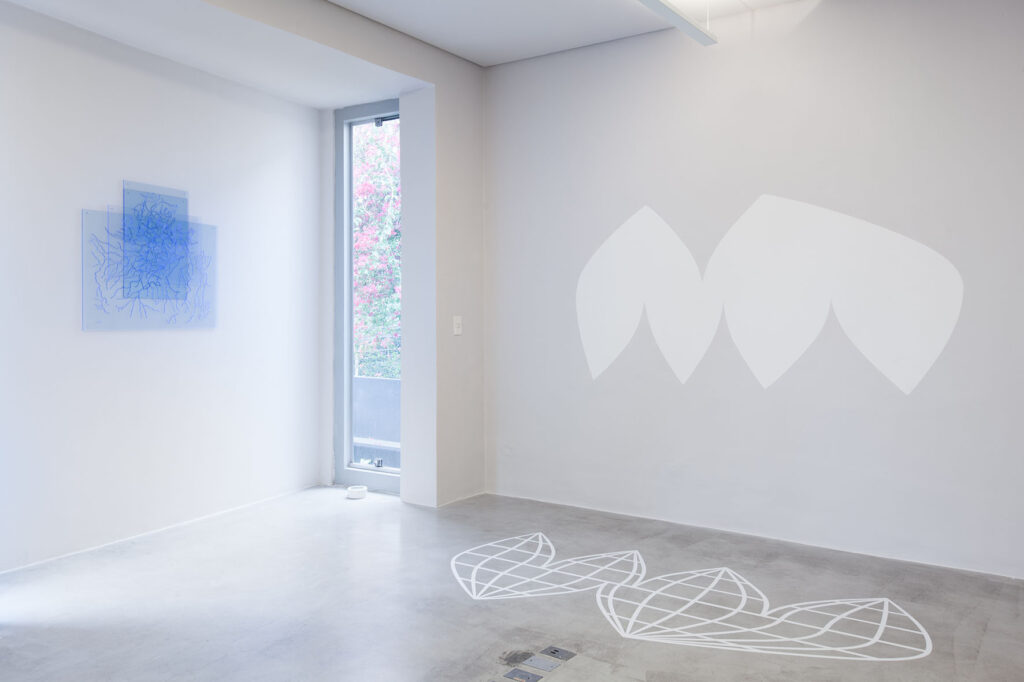
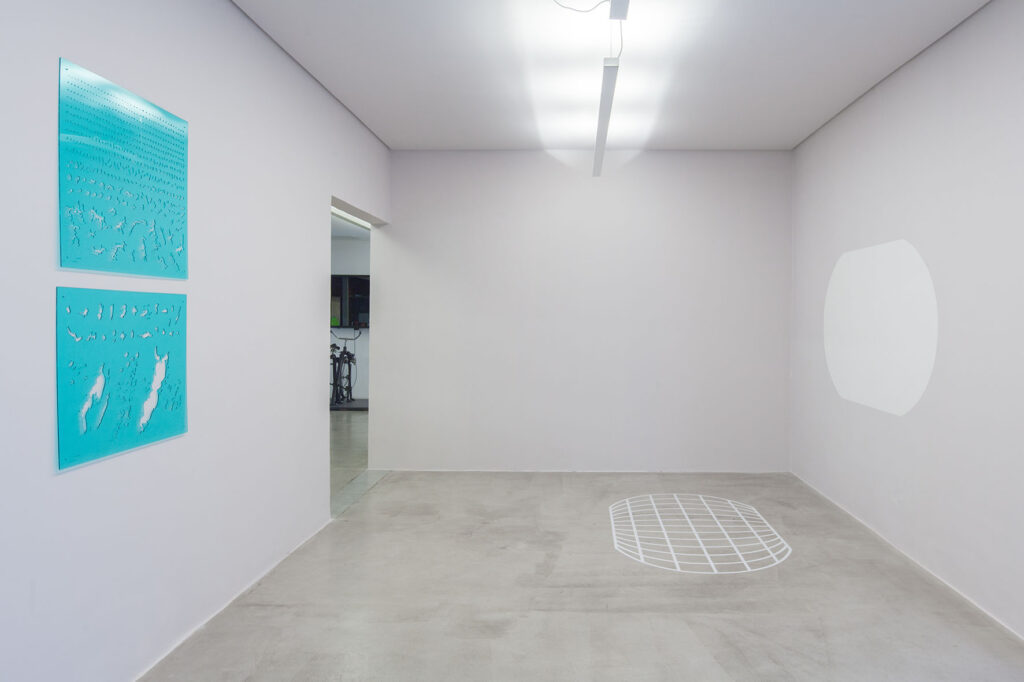
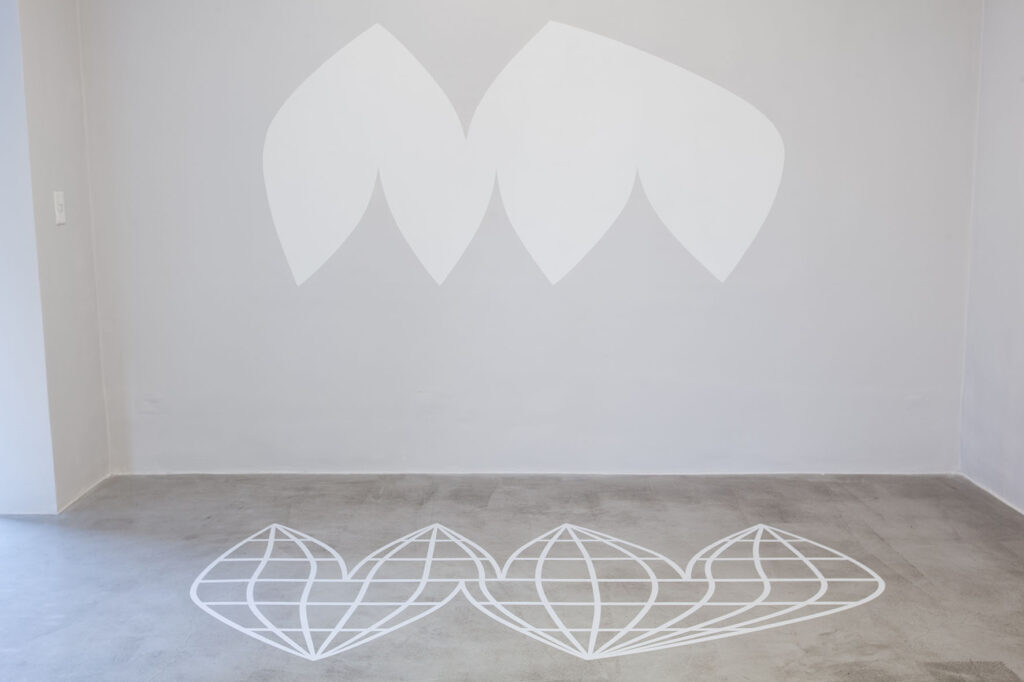
Projections I and II
It is an installation on the gallery’s walls and floor made from drawings of cartographic projection systems. Cartographic representation systems (such as Mercator, Robinson, and Sinusoidal systems) are graphic devices to represent the world in a plane. These are representations of space and the physical world visualized through cartography.
The artwork “Projection“ refers to the transpositions from a three-dimensional shape into a two-dimensional surface. It also refers to the fictitious projection between the image seen on the wall and the image seen on the floor: on the gallery wall, the drawing of the spatial representation is seen as an area lighter than the wall, forming a kind of “window”; on the floor, one can see the complete drawing of a map structure, with its parallels and meridians drawn with lines, although without the presence of the continents.
The cartographic projections are artifices of representation from the globe (three-dimensional) to the two-dimensional plane. In this “translation” between one another, variations occur in representing continents and territories. The map has, in a way, an “elastic” shape in its representation, which varies according to how the grid is projected (how the latitudes and longitudes are drawn. Maps are an instrument of location in the world and of situating oneself in space. Still, they also represent ways of being in the world through an abstract order, defined by various conventions and narratives.
Inventory of Waters
The work Inventory of Waters is inspired by architectural templates (previously used for creating architectural projects).
In Inventário de águas – Rios, the drawings of rivers from all Brazilian regions are cut out from acrylic pieces and placed one over the other on the wall (generating an overlapping of the rivers’ drawings and colors because of the material’s transparency). In total, there are four overlapping pieces.
In Inventário de águas – Lagos/Lagoas, Brazil’s lakes and lagoons are arranged according to their dimensions in a single piece, also placed on the wall.